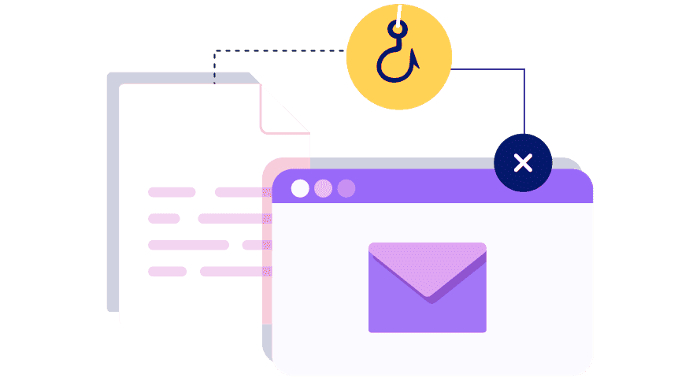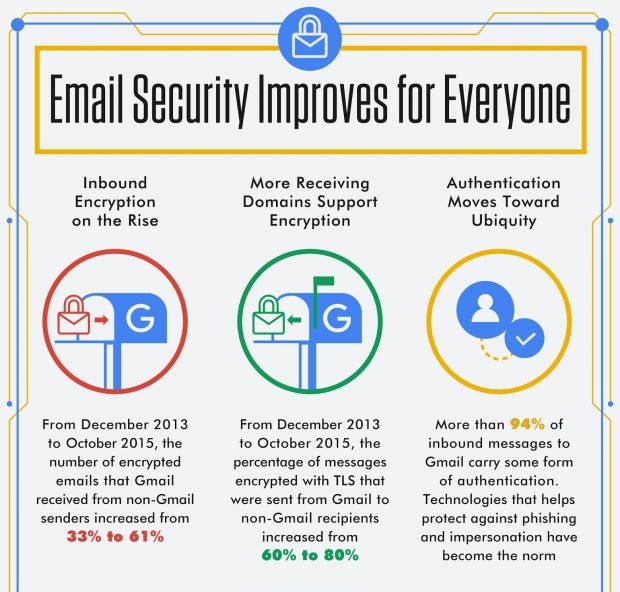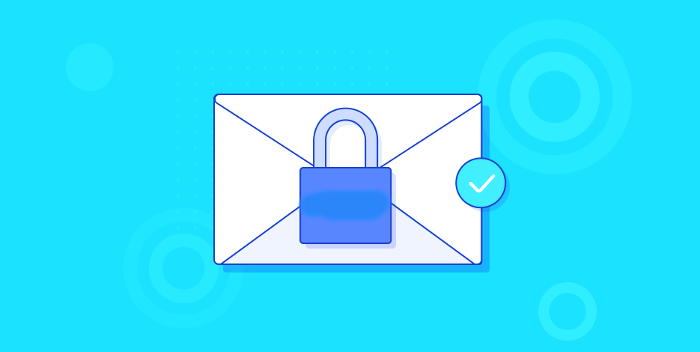What Is DMARC Gmail And Why Is It Important?
DMARC (Domain-based Message Authentication, Reporting & Conformance) is an email authentication protocol that allows the owner of a domain to publish a policy in their DNS records that specifies which mechanism(s) are used to authenticate emails sent from that domain, and what to do if an email fails authentication.
DMARC allows email receivers, like Gmail, to check that incoming messages were indeed sent by the domain they claim to be sent from, and to take appropriate action if they were not.
This helps to protect against email spoofing and phishing attempts. Spammers and phishers often use forged "from" addresses to make their messages appear to come from legitimate sources.
DMARC allows domain owners to specify which mechanisms (e.g. SPF, DKIM) should be used to authenticate messages sent from their domain, and what receivers should do if a message fails authentication (e.g. reject, quarantine, or accept the message).
Gmail uses DMARC to authenticate emails sent from domains under its control, which helps to protect Gmail users from phishing and spoofing attacks. By using DMARC, Gmail can identify and block suspicious messages, which can help to protect against malicious actors who try to use Gmail to send spam or phishing emails.

In summary, DMARC is an email authentication protocol used by Gmail to detect and block suspicious messages, and it is important because it helps to protect users from phishing and spoofing attempts.
What Is Gmail DMARC?
Gmail DMARC stands for Domain-based Message Authentication, Reporting & Conformance. It is a validation protocol designed to help ensure that emails sent from a given domain are legitimate and not malicious. Gmail DMARC works by verifying the authenticity of an email's sender, thereby preventing spoofing and other malicious practices from taking place.
In addition, Gmail DMARC also provides a reporting system for tracking the status of outgoing emails.
This reporting system allows administrators to quickly identify any issues or suspicious activity with their emails. By utilizing this protocol, organizations can greatly increase their security and reduce the risk of falling victim to malicious attacks.
Why is DMARC Gmail Important?
DMARC is important for Gmail because it helps to protect Gmail users from phishing and spoofing attacks. Phishing and spoofing are tactics used by attackers to trick people into providing sensitive information or taking unwanted actions. These tactics often involve sending emails that appear to come from legitimate sources, but are actually from attackers.
By using DMARC, Gmail can check the authenticity of incoming messages and take appropriate action if they fail authentication. For example, Gmail can reject or quarantine messages that fail DMARC checks, which can help to prevent users from falling for phishing or spoofing attacks.

Additionally, DMARC also provides a reporting mechanism for domain owners to monitor how their domain is being used by others. This allows domain owners to detect and stop unauthorized use of their domain in phishing and spoofing attacks.
In summary, DMARC is important for Gmail because it helps to protect users from phishing and spoofing attacks by allowing Gmail to check the authenticity of incoming messages, and providing a reporting mechanism for domain owners to monitor how their domain is being used.
Does Gmail use DMARC?
Gmail is a widely used email service and its security measures are a high priority for Google. One such security measure is DMARC, or Domain-based Message Authentication, Reporting, and Conformance.
DMARC is designed to protect email users from receiving and sending emails that appear to be from or sent to legitimate domains, but are actually fraudulent. It works by confirming that an email claiming to be from a particular domain is actually coming from a server approved by the domain’s owner.
DMARC also enables the domain owner to specify how incoming emails should be treated if they fail initial authentication efforts. Gmail does indeed use DMARC, which is one of the many steps Google takes to ensure the safety and security of its users.

DMARC allows the owner of a domain to publish a policy in their DNS records that specifies which mechanism(s) are used to authenticate emails sent from that domain, and what to do if an email fails authentication. This helps to protect against email spoofing and phishing
Learn about why DMARC click here
In conclusion, DMARC Gmail is an extremely important tool for protecting your domain from malicious activity. It allows you to monitor and control the legitimacy of emails sent from your domain and helps protect you from potential email-based attacks. It is easy to set up and configure and can be used to both protect and enhance your brand’s security posture. Taking the time to properly configure your DMARC policy can greatly reduce the risk of email-based attacks and help enhance your domain’s security.